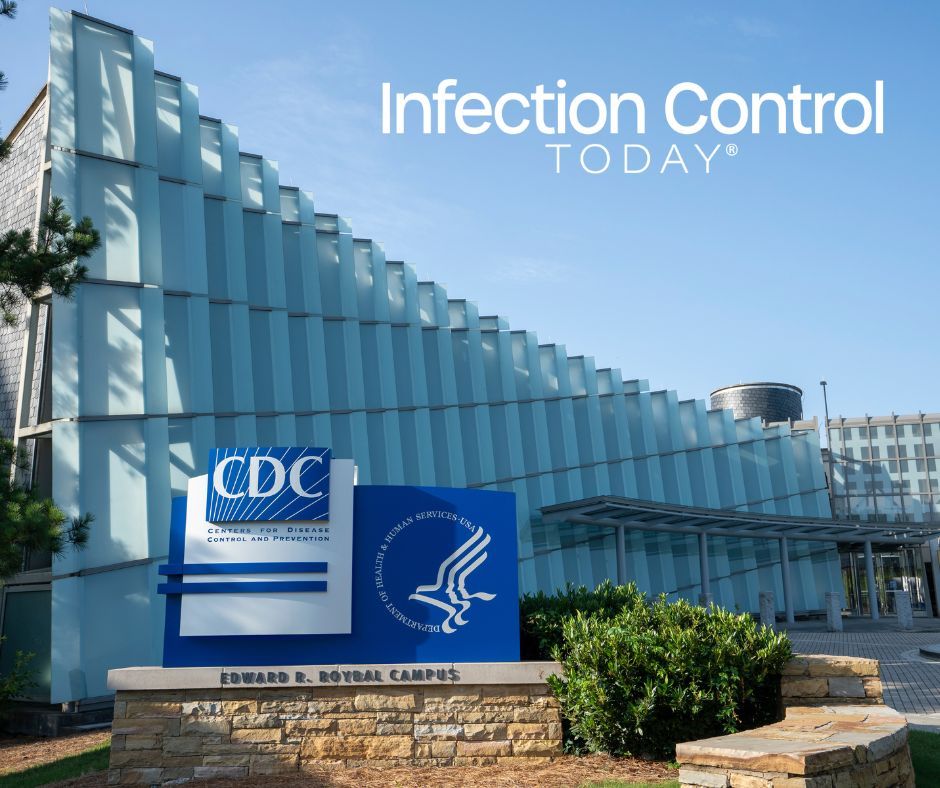Understanding NHSN's 2022 Rebaseline Data: Key Updates and Implications for HAI Reporting
Discover how the NHSN 2022 Rebaseline initiative updates health care-associated infection metrics to align with modern health care trends, enabling improved infection prevention strategies and patient safety outcomes.
CDC
(Adobe Stock)

The National Healthcare Safety Network (NHSN), under the CDC, has announced the 2022 Rebaseline initiative. This update to the national baseline used for calculating health care-associated infections (HAIs) metrics represents a critical step toward aligning infection prevention benchmarks with the current state of health care. NHSN seeks to reflect better modern health care trends and guide facilities in their mission to protect patients from HAIs by incorporating updated data and refining risk adjustment models.
The Rebaseline process involves updating the calculations used to measure standardized infection ratios (SIRs) and standardized utilization ratios (SURs). SIRs provide a metric for assessing HAIs relative to a national standard, enabling comparisons across facilities. SURs, on the other hand, evaluate the usage of medical devices, such as central lines and ventilators, compared to expected usage rates.
Since the last baseline update in 2015, the health care landscape has experienced substantial changes. Advances in infection prevention, shifts in patient demographics, and the emergence of global health challenges, such as the COVID-19 pandemic, have reshaped the environment in which care is delivered. This initiative is more than a technical adjustment; it serves as an update to align HAI metrics with current health care data and practices. Incorporating contemporary data and advanced modeling techniques, the 2022 Rebaseline provides health care facilities with a framework to measure progress, identify areas for improvement, and refine their prevention strategies.
The updated baseline will affect the calculation of SIRs and SURs for several key HAIs tracked by NHSN. These include central line-associated bloodstream infections (CLABSIs), catheter-associated urinary tract infections (CAUTIs), surgical site infections (SSIs), and ventilator-associated events (VAEs), which encompass conditions like pneumonia in ventilated patients. Additionally, bloodstream infections caused by methicillin-resistant Staphylococcus aureus (MRSA) and intestinal infections caused by Clostridioides difficile infections (CDI) are included in the scope of this rebaselining effort.
To support health care providers through this transition, NHSN has developed a range of resources. Detailed FAQs, training sessions, and a Rebaseline Progress Tracker have been made available. The tracker allows facilities to monitor the development and implementation of the updated risk adjustment models, providing a clear view of how changes will be applied.
While access to the 2015 national baseline will remain on NHSN’s website, health care providers should prepare to adapt to the updated NHSN 2022 Rebaseline, as it reflects new risk adjustment models and current health care data. These changes may result in differences in how their SIRs and SURs appear compared to 2015’s reports. It is imperative for health care providers who enter and analyze NHSN data for their facility to communicate the expected changes associated with the 2022 Rebaseline to hospital leadership and other stakeholders who rely on this data. Recognizing that the updated risk models could lead to variations in performance metrics is essential for fostering informed decision-making and ensuring organizational expectations are properly aligned.
For additional information and updates, visit NHSN’s website.
Newsletter
Stay prepared and protected with Infection Control Today's newsletter, delivering essential updates, best practices, and expert insights for infection preventionists.
Reducing Hidden Risks: Why Sharps Injuries Still Go Unreported
July 18th 2025Despite being a well-known occupational hazard, sharps injuries continue to occur in health care facilities and are often underreported, underestimated, and inadequately addressed. A recent interview with sharps safety advocate Amanda Heitman, BSN, RN, CNOR, a perioperative educational consultant, reveals why change is overdue and what new tools and guidance can help.
New Study Explores Oral Vancomycin to Prevent C difficile Recurrence, But Questions Remain
July 17th 2025A new clinical trial explores the use of low-dose oral vancomycin to prevent Clostridioides difficile recurrence in high-risk patients taking antibiotics. While the data suggest a possible benefit, the findings stop short of statistical significance and raise red flags about vancomycin-resistant Enterococcus (VRE), underscoring the delicate balance between prevention and antimicrobial stewardship.
What Lies Beneath: Why Borescopes Are Essential for Verifying Surgical Instrument Cleanliness
July 16th 2025Despite their smooth, polished exteriors, surgical instruments often harbor dangerous contaminants deep inside their lumens. At the HSPA25 and APIC25 conferences, Cori L. Ofstead, MSPH, and her colleagues revealed why borescopes are an indispensable tool for sterile processing teams, offering the only reliable way to verify internal cleanliness and improve sterile processing effectiveness to prevent patient harm.
The Next Frontier in Infection Control: AI-Driven Operating Rooms
Published: July 15th 2025 | Updated: July 15th 2025Discover how AI-powered sensors, smart surveillance, and advanced analytics are revolutionizing infection prevention in the OR. Herman DeBoard, PhD, discusses how these technologies safeguard sterile fields, reduce SSIs, and help hospitals balance operational efficiency with patient safety.
Targeting Uncertainty: Why Pregnancy May Be the Best Time to Build Vaccine Confidence
July 15th 2025New national survey data reveal high uncertainty among pregnant individuals—especially first-time parents—about vaccinating their future children, underscoring the value of proactive engagement to strengthen infection prevention.